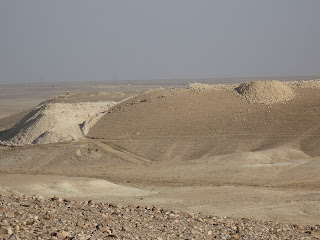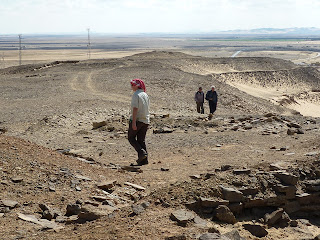until the new season of GARP begins.
The 2013 blog is now set up and ready to tell the story as it unfolds this year in the deep southern Jordanian desert. If you subscribed to follow our adventures last year it would be great if you did so again for this season. We have some really exciting (but hush-hush at the moment) plans which hopefully will bring new and amazing information to our blog followers before anyone else gets to find out.
Please click on the 2013 blog link and follow us by Joining the site at the bottom right of the page. We really love followers. :-)
The 2013 blog is now set up and ready to tell the story as it unfolds this year in the deep southern Jordanian desert. If you subscribed to follow our adventures last year it would be great if you did so again for this season. We have some really exciting (but hush-hush at the moment) plans which hopefully will bring new and amazing information to our blog followers before anyone else gets to find out.
Please click on the 2013 blog link and follow us by Joining the site at the bottom right of the page. We really love followers. :-)





























































